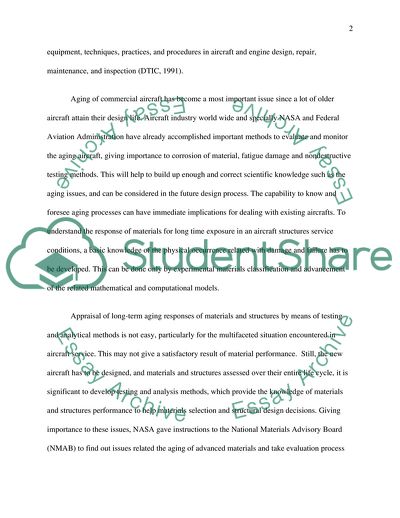Cite this document
(Technology Essential for Aircraft Maintenance Essay, n.d.)
Technology Essential for Aircraft Maintenance Essay. https://studentshare.org/technology/1706735-technology-in-aircraft-maintenance-2
Technology Essential for Aircraft Maintenance Essay. https://studentshare.org/technology/1706735-technology-in-aircraft-maintenance-2
(Technology Essential for Aircraft Maintenance Essay)
Technology Essential for Aircraft Maintenance Essay. https://studentshare.org/technology/1706735-technology-in-aircraft-maintenance-2.
Technology Essential for Aircraft Maintenance Essay. https://studentshare.org/technology/1706735-technology-in-aircraft-maintenance-2.
“Technology Essential for Aircraft Maintenance Essay”. https://studentshare.org/technology/1706735-technology-in-aircraft-maintenance-2.


